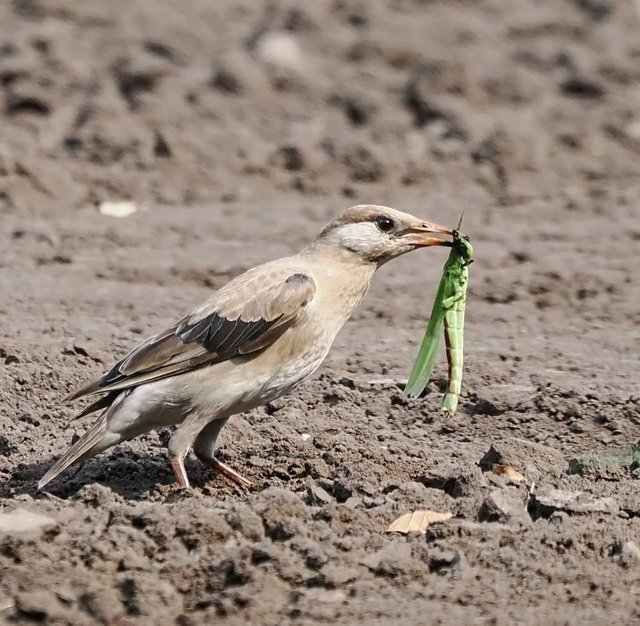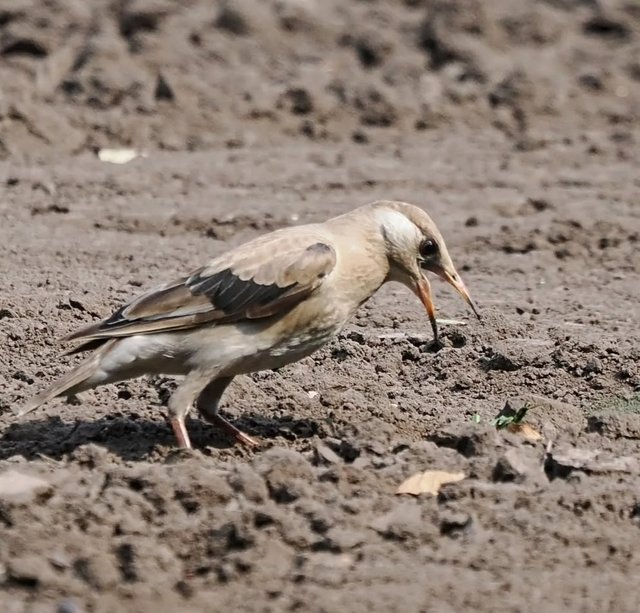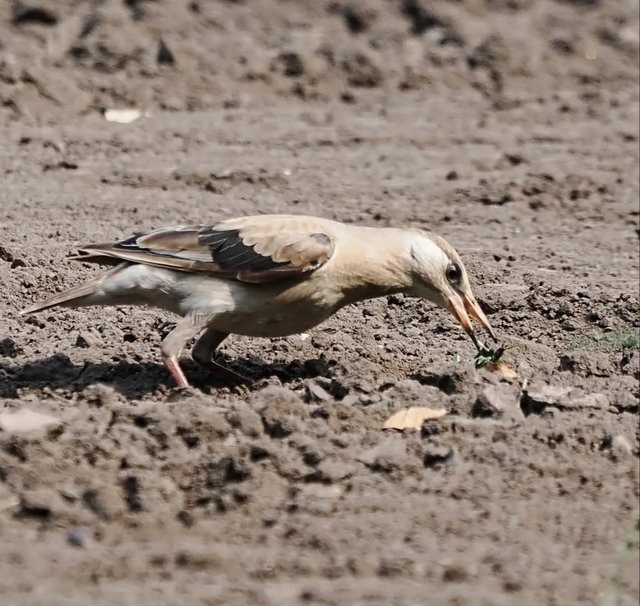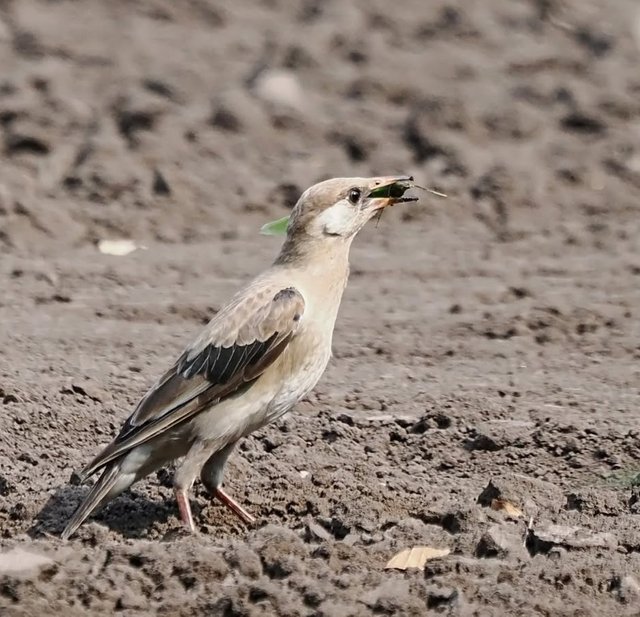So Cute Burmese Myna Bird
The Burmese Myna: A Charismatic Songbird of Southeast Asia
The Burmese Myna is a captivating and intelligent bird species native to the lush landscapes of Myanmar, Thailand, Laos, Cambodia, and parts of southern China. Belonging to the Sturnidae family, which includes other mynas and starlings, the Burmese Myna stands out for its glossy plumage, robust vocal abilities, and its adaptability to both wild and urban environments.
Physical Characteristics
The Burmese Myna is a medium-sized bird, typically measuring 23-25 cm in length. It possesses a sleek, glossy blackish-brown plumage with a subtle greenish or purplish iridescence under sunlight. One of its most distinguishing features is the bare yellow skin patch behind its eyes, a trait shared with other mynas but notably more vibrant in the Burmese Myna. Its beak and legs are a bright yellow-orange, contrasting beautifully with its dark feathers.
A subtle yet unique characteristic of this species is its white wing patch, which becomes visible during flight, adding a flash of white to its otherwise dark appearance. Both sexes look alike, though males might be slightly larger than females.
Habitat and Distribution
While the Burmese Myna was once thought to be endemic to Myanmar, it is now known to inhabit several regions across mainland Southeast Asia. These birds are highly adaptable and thrive in a variety of habitats including:
Open woodlands
Agricultural fields
Grasslands
Urban parks and gardens
Rural villages and towns
They often prefer areas with scattered trees or human settlements where food sources are abundant.
Behavior and Diet
Burmese Mynas are highly social and gregarious birds, often seen in small flocks, though solitary individuals or pairs are also common during the breeding season. They are known for their boldness and curiosity, frequently approaching human-inhabited areas without hesitation.
Their diet is omnivorous and opportunistic, including:Insects
Fruits and berries
Seeds and grains
Food scraps in urban areas
Their foraging behavior often involves walking on the ground, where they hop and peck through leaf litter and soil. They are also adept at catching insects mid-air or plucking fruits directly from trees.




%20(7).jpeg)